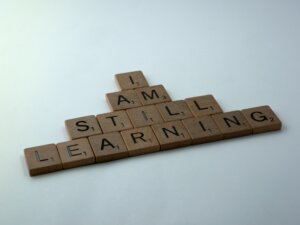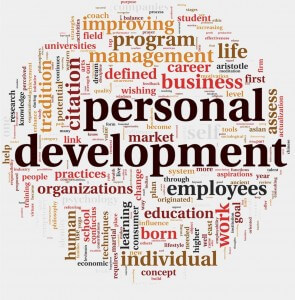
Rather than be a fountain of information on the “how-to,” I give various perspectives, especially my own, on the obvious. Now, that perspective may be from the point of view of the potential trainee or employee, training manager, developer, designer or presenter–or the manager who is looking at training.
As to how exactly you assess training needs, there are tons of models out there–like this one or that one. I like to keep it simple but as you can see from the models it does get complicated the more factors you bring in. One factor I think is possibly more important than all the rest is the one most likely to be ignored: the people. That factor is present but in the background of most any of the models I have seen. People are talked about, but rarely the focus. Odd, since this training is concerns them a great deal.
Hasan in his article How to Conduct a Training Needs Analysis gives this basic description:
- Training needs analysis process is a series of activities conducted to identify problems or other issues in the workplace, and to determine whether training is an appropriate response.
- The needs analysis is usually the first step taken to cause a change. This is mainly because a needs analysis specifically defines the gap between the current and the desired individual and organizational performances.
His is an article directed at small business organizations but I think he has the basics right even for a larger organization. I like to keep it simple. It’s easier to bring in the people. Hasan talks more about interviewing than some theories. I like that because it makes the training more personal than it is often treated.
Perhaps, that’s because business theory is cut and dry. We need to consider our most important resource. We manage, design, develop and present training because we want our workforce to be more efficient. We want our leaders to be more creative.
From the People, I learn the following:
- How much my training is worth to them? Managers, Trainers, Employees. Everyone
- How much it is worth the company?
- How do I need to present the training – What is going to have the most impact and facilitate learning?
- What do I need to know about my audience—my trainees?
- What do I need to know about company expectations?
- What do I need to know about audience expectations?
- What areas do the managers thinks need work (training)?
- What areas do the employees think need work (training or something else)?
- How do I or the company sell the idea of spending time learning instead of working?
- Is management going to make this worthwhile to the worker?
- Is the employee already motivated to take this training?
- What exactly, subject-matter wise, is desired, optimum or possible, or is there another way besides training to best get that information?
Yes, I may be cutting my business, but I’m gaining in goodwill. Never sell just to make a buck. My establishment of goodwill can bring me many more customers. Also, I guarantee my training results. If I am unable to deliver, I’m out a client and revenue. See my article on Seven Ways to Guarantee Great Training Results.
I could go on with my list for quite awhile, but I think you get the idea. With people talking about training and issues related to training, we learn how best to proceed with it. The theory is spelled out but we are dealing with complicated, “fuzzy” humans who have personal dreams, goals and motivations. If we don’t bother with them, we will get the same in return. Why should they be bothered? It’s the old What’s In It For Them? That’s only one perspective. What’s in it for the manager? What’s in it for the trainer? What’s in for the company.

Ultimately we want the best for all. To understand the complicated aspects of a training assessment, you need the perspective of all involved on the training to be accomplished, but just one focus: the people needs. Examine those and do the best you can to meet them. If you can’t meet them all address them honestly. People love it when you care about their needs even if you can’t meet them totally.
I am all about perspective. I just finished a piece on theatre reviewing. Theaters vary in the types of performances they deliver for different reason–most which are tied to their perspective and purpose in the theatre world. So, different theatre companies require a different perspective in how you treat the review or critique performance. It’s not as simple as looking at level of expertise, but of analyzing purpose, theatre intention, audience, etc. Assessing training and development needs are no different. The most important aspect to looking at either is a matter of perspective.
All the views in this post are mine, although I’d be delighted to be preaching to the choir because then it would mean we are keeping the people truly involved, not only in the process, but what it means to them. The result, of course, motivated learning, which is our goal.
—
For more resources about training, see the Training library.
You can find more of me on my website under What I Say. Please comment as you please, offer advice and guidance on topics or even write a guest blog. For more information on guest blogging, click on the link at the top of this page and fill out the form. I also get ideas from other articles and will reference them in my blog. I always try to put the link there so you can go to the original site and see for yourself. For a look at the human side of training from my Cave Man perspective, please check out my book, The Cave Man Guide to Training and Development. Happy training.
 Sections of this topic
Sections of this topic















